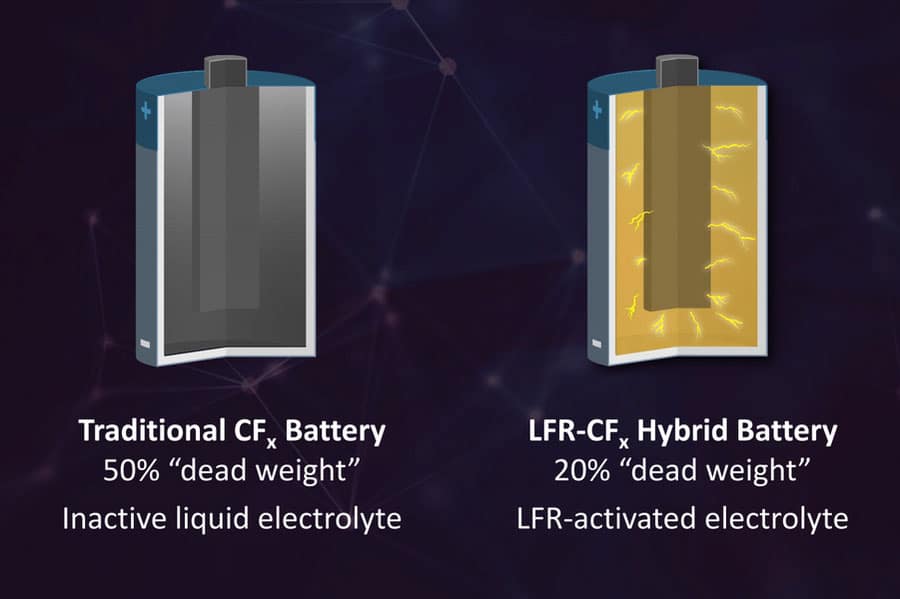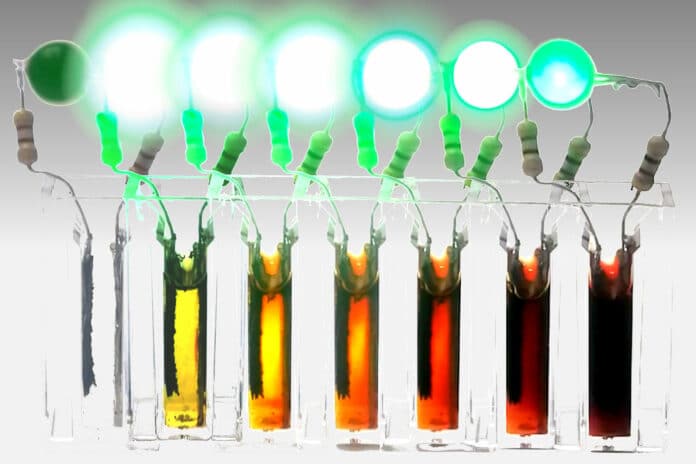For the last few decades, battery research has largely focused on rechargeable lithium-ion batteries, which are currently the dominant battery technology. These batteries have improved dramatically in terms of affordability and capacity. However, non-rechargeable batteries have seen little improvement during that time, despite their crucial role in many important uses, such as implantable medical devices like pacemakers.
Now, MIT researchers have come up with a way to improve the energy density of these non-rechargeable batteries. It could enable up to a 50% increase in useful lifetime, or a corresponding decrease in size and weight for a given amount of power or energy capacity, while also improving safety, with little or no increase in cost.
Pacemaker batteries typically last from five to 10 years and even less if they require high-voltage functions such as defibrillation. Yet, for such batteries, says Haining Gao, a Postdoctoral Fellow at MIT. The technology is considered mature, and “there haven’t been any major innovations in fundamental cell chemistries in the past 40 years.”
The key to the team’s innovation is a new kind of electrolyte, called a “catholyte,” which combines some functions of the cathode and the electrolyte in one single compound. In a conventional pacemaker battery, about 50% of the battery’s weight is inactive material. But in a new design with fluorinated catholyte material, the amount of dead weight can potentially be reduced to about 20%, according to Haining Gao.

According to researchers, the new cells also provide safety improvements over other kinds of proposed chemistries that would use toxic and corrosive catholyte materials. Preliminary tests have demonstrated a stable shelf life over more than a year, an important characteristic for primary batteries.
This new battery technology could potentially achieve a full 50% improvement in energy density. However, the team has managed to demonstrate a 20% improvement so far, which is still a promising result. The team says the design of the cell itself has not yet been fully optimized, so there’s still room for improvement.
The new material can easily be integrated into existing battery manufacturing processes, bringing about safety improvements. Also, the cost of the batteries using the new material is likely to be comparable to the existing batteries as well, Gao says.
The MIT team has already applied for a patent on the catholyte. They expect that the medical applications will likely be the first to be commercialized, perhaps with a full-scale prototype ready for testing in real devices within about a year. These findings could help improve the lives of patients needing pacemakers and similar medical implants. Other applications could likely take advantage of the new materials as well, such as remote sensors, long-distance drones, and undersea vehicles.
Journal reference:
- Haining Gao, Alejandro R. Sevilla, Gustavo M. Hobold, Aaron M. Melemed, Rui Guo, Simon C. Jones, and Betar M. Gallant. Fluoro-organosulfur catholytes to boost lithium primary battery energy. Proceedings of the National Academy of Sciences, 2022; DOI: 10.1073/pnas.2121440119
